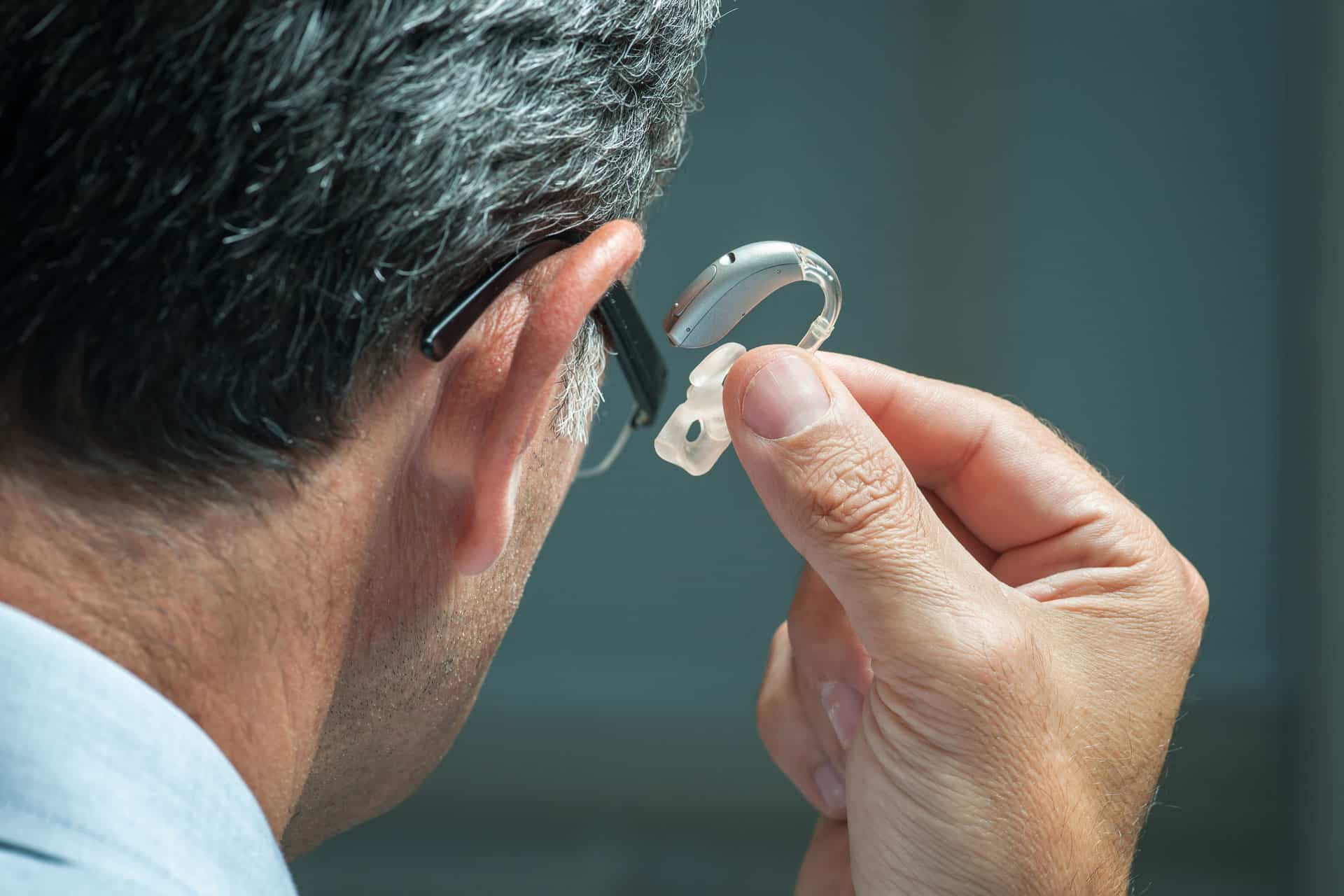Delivery in 2-3 working days
Auditory Perception
We are constantly surrounded by a multitude of sounds, from the gentle breeze blowing through the trees to the loud noises of urban life. But how is it possible not only to hear these sounds, but also to understand and interpret them? Here you can learn more about the fascinating topic of auditory perception.
The science behind auditory perception
Auditory perception
This refers to the physical process by which the ear picks up sound waves. These waves are converted into electrical signals by the ear and then transmitted to the brain, where they are interpreted as sounds.
Perceptual disorder
Although our hearing system is very efficient, there can be disturbances or malfunctions. Perceptual disorders can manifest themselves in various forms, such as the inability to distinguish between different sound sources or difficulty hearing certain frequencies.
An exciting example of the complexity of auditory perception is the phenomenon of picking out a single voice in a crowded room and focusing on it while other sounds fade into the background. This is often referred to as the "cocktail party effect" and shows how selective and adaptive our auditory perception can be. In the following, we will delve deeper into the mechanisms that control our auditory perception.
How children hear the world: Insight into children's auditory perception
The way children perceive their environment is fascinating and far more complex than one might first assume. In particular, their auditory perception is an aspect that can have a significant impact on their learning and social development. Over the years, children develop not only the ability to recognize sounds better, but also to interpret and contextualize them.

The development of auditory perception in children: From the womb to the school years
The process of hearing perception in children is an ongoing and dynamic process. Even in the womb, fetuses are able to hear certain sounds. The best known is certainly the ability to recognize the mother's voice, but other sounds such as music or the mother's heartbeat can also be perceived.
After birth, newborns are particularly sensitive to high frequencies, which explains why they respond to high-pitched voices or singing lullabies. Over the first months and years of life, their ability to distinguish different frequencies and sounds improves. This is crucial for language development and communication with their environment.
Perceptual disorder in children: When hearing does not work as expected
Although many children go through normal development of auditory perception, there are some who experience difficulties in this area. These can occur for a variety of reasons, including genetic factors, birth complications, or early childhood disorders.
Diagnostics
When parents or caregivers suspect that a child is having difficulty with hearing perception or has a hearing loss in children it is important to have this checked by an otolaryngologist or audiology specialist. Through special tests and procedures, these professionals can determine if there is indeed a perceptual disorder and how severe it is.
Perception exercise
Once a diagnosis is made, there are several therapeutic approaches and exercises to support and improve auditory perception. These can include techniques to improve physical hearing performance as well as strategies to better process what is heard.
Understanding auditory perception in children is essential not only for parents, but also for educators, teachers, and professionals to ensure a supportive and nurturing environment for each child's development.
Causes and types of hearing disorders
Hearing disorders are complex and vary widely in their appearance and cause. In general, these disorders can be divided into two main categories: Hearing loss, in which there is a loss of the sense of hearing, and perceptual disorders, in which there is difficulty processing sounds. It is important to understand the difference between these two categories in order to initiate appropriate diagnostic measures and therapeutic interventions.
Auditory processing disorder: When the brain has difficulty sorting sounds
Auditory processing disorder, often referred to as Auditory Processing Disorder (AVD), refers to the brain's inability to effectively process and interpret auditory signals. Affected individuals often have difficulty understanding complex acoustic environments, such as conversations in noisy rooms. They can physically hear the words, but have difficulty processing the information in a meaningful context.
Imagine that not only is your radio playing multiple stations at the same time, but you are also having a hard time hearing a particular station clearly. This can be very frustrating for sufferers and affect their ability to communicate effectively or process information in noisy environments.
Hearing loss: When sound cannot find its way
Hearing loss occurs when there are problems transmitting sound waves either through the ear or along the auditory pathway to the brain. The auditory pathway begins in the ear, where sound waves are converted into nerve signals. These signals are then transmitted along the auditory nerve to the brain.
There are several causes of hearing loss, including injury, infection, age-related changes or genetic factors. Depending on where the problem occurs, hearing loss can be classified as conductive, sensorineural or mixed.
Conductive hearing loss occurs when sound waves are not transmitted efficiently through the outer or middle ear section. This can be caused by things like earwax, fluid or infection.
Sensorineural hearing loss is the result of damage to the inner ear or the auditory nerve itself and can be caused by loud noises, medications or simply aging.
Mixed hearing loss, as the name implies, is a combination of the two previous types.
A better understanding of the various hearing disorders and their causes will allow targeted therapeutic strategies to be developed and help individuals improve their listening and communication skills.
Auditory perception: a key to the world
Imagine for a moment a world without sound. A silence so deep that it is not interrupted by conversation, music, or the chirping of birds. What would our lives, communication and interaction be like in such a world? Auditory perception is not just the simple hearing of sounds; it is a complex process that enables us to receive, interpret, and respond to information from our environment.
Hearing is an essential aspect of our experience as humans. Not only does it enable us to communicate with others and navigate the world, but it also influences how we learn, build relationships, and interact with our environment.
Extension curriculum for auditory perception: a deeper dive into the world of hearing
While many of us have the privilege of hearing without effort, there are many for whom improved hearing perception can make all the difference in daily life. This can include individuals who suffer from hearing loss, or those who work in professions where acute hearing perception is beneficial - think musicians, sound engineers, or even security personnel.
In recent decades, the scientific community has recognized the importance of sharpening our auditory perception, and specific programs and methods have been developed to accomplish this:
Auditory training sessions
Here, targeted exercises are used to improve auditory perception in different environments and conditions.
Music Therapy
Music has proven to be a valuable tool to improve auditory perception. Listening to and creating music can help train the ear in subtle ways while strengthening cognitive skills.
Technological tools
Advances in technology have enabled the development of devices that can support hearing perception. This can range from hearing aids to specialized apps that help train hearing. Specialized TV hearing amplifiers such as the OSKAR from faller audio help to better understand television and, in particular, dialog and speech.
Mindfulness and meditation
Through conscious listening, we can sharpen our auditory perception. Meditation and mindfulness training can help improve concentration on sounds and noises.



